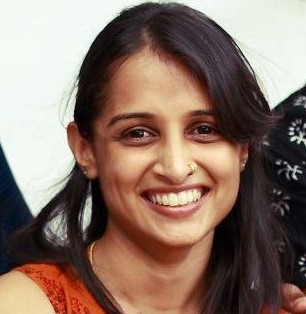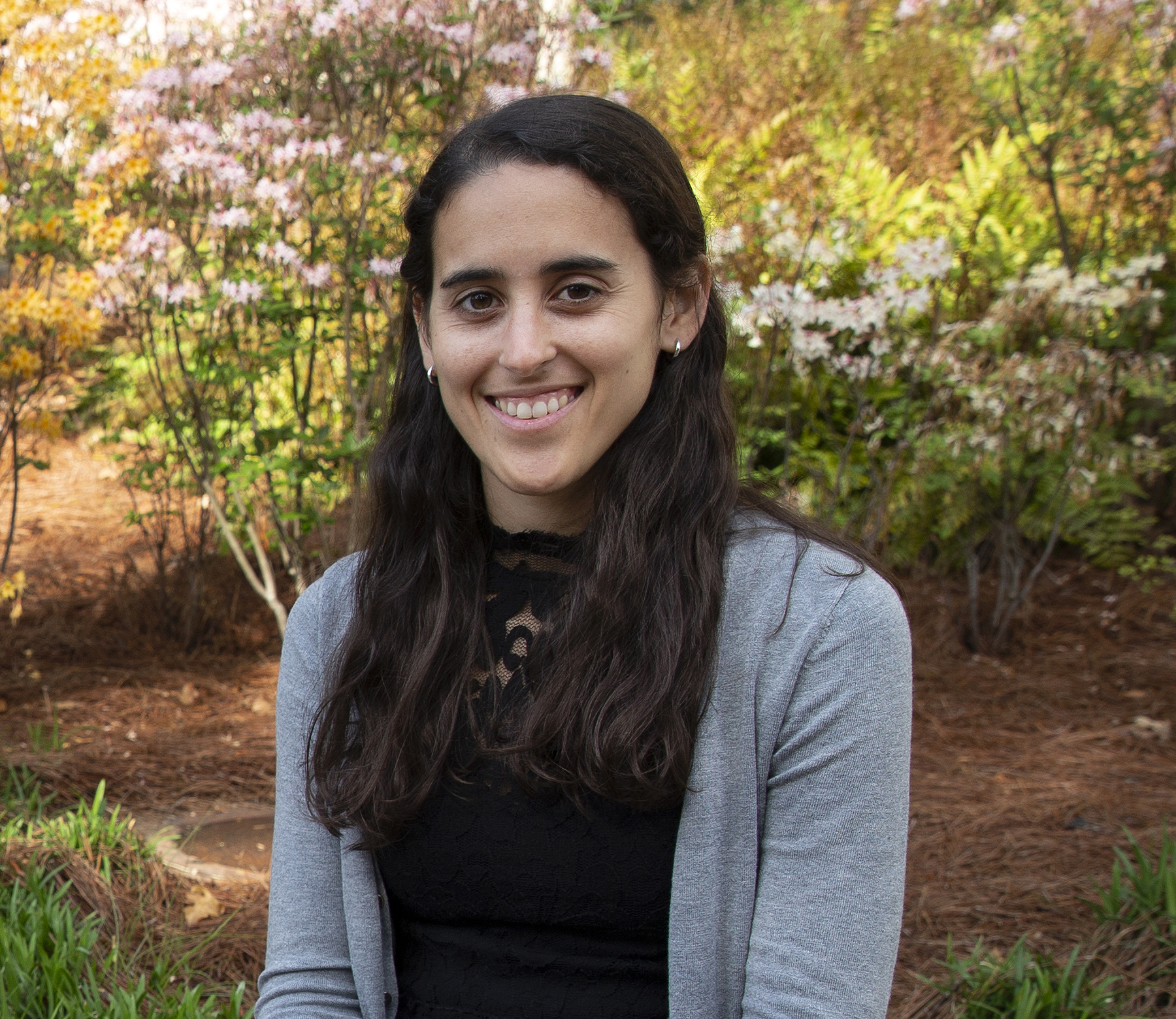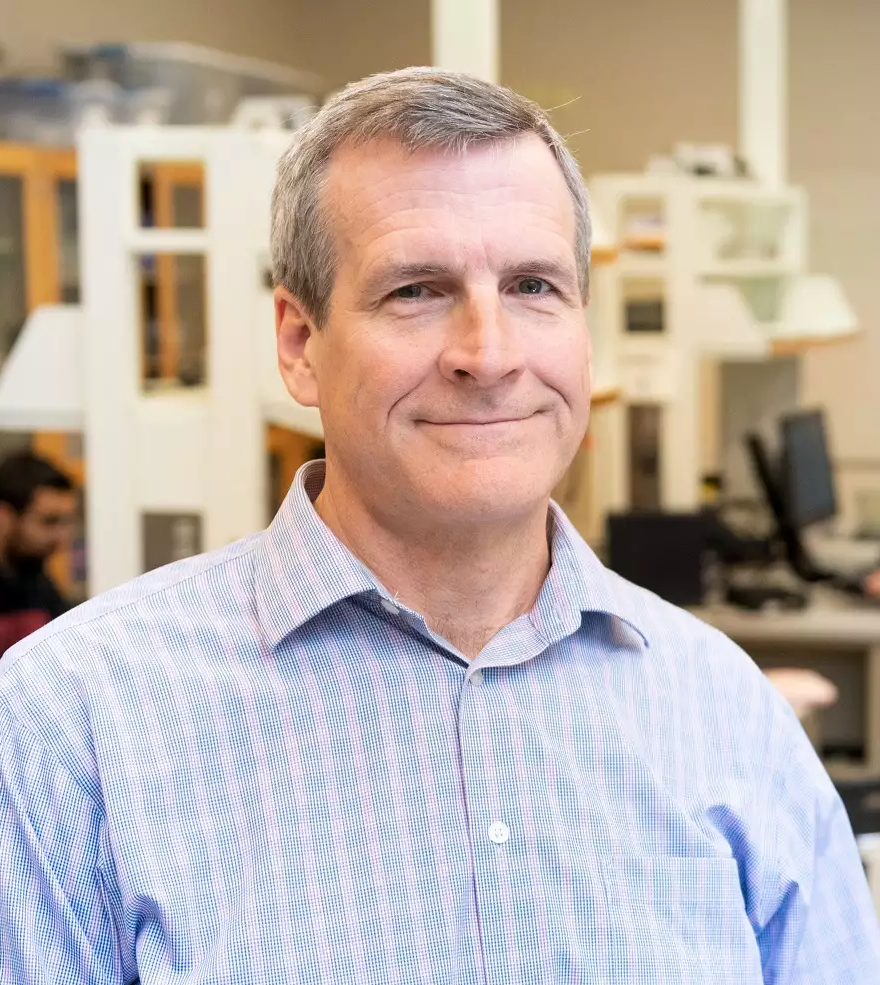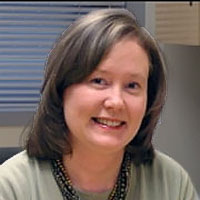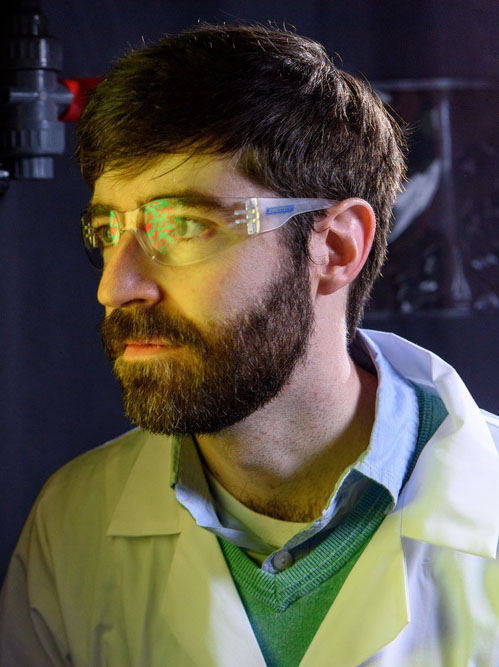Lakshmi Dasi

Lakshmi Prasad Dasi is an established researcher in the field of prosthetic heart valves, cardiovascular biomechanics, biomaterials, and devices. He is currently a tenure Professor of Biomedical Engineering, at Georgia Institute of Technology while holding the Rozelle Vanda Wesley Endowed Professorship as well as being the Associate Chair for Undergraduate Studies. He has held positions at The Ohio State University, and Colorado State University previously. He is a Fellow of the American College of Cardiology (FACC) as well as Fellow of the American Institute for Medical and Biological Engineering (FAIMBE).
Dasi earned his Ph.D. from Georgia Institute of Technology in 2004 with a focus in fluid dynamics and turbulence. He trained as a postdoctoral fellow and research engineer under Prof. Ajit Yoganathan’s mentorship at Georgia Tech where he transformed his research focus to heart valves, devices, and cardiovascular biomechanics. In 2009, he established the Cardiovascular Biofluid Mechanics Lab (CBFL) as Assistant Professor at Colorado State University and moved to The Ohio State University in 2015 as his focus became more translational. Since 2020, his research at Georgia Tech focuses on tackling the complexity of: (a) heart valve biomechanics (native and prosthetic); (b) prosthetic heart valve engineering (conventional & trans-catheter); (c) structure-function relationships of the heart in health and disease at the embryonic, pediatric, as well as adult stages; and (d) turbulence and turbulent blood flow.

